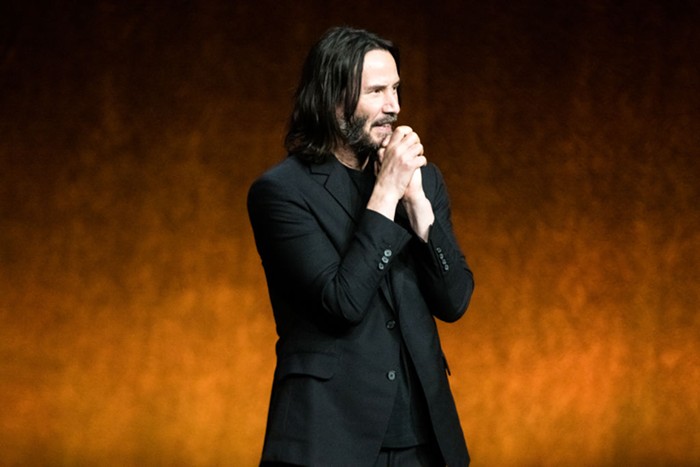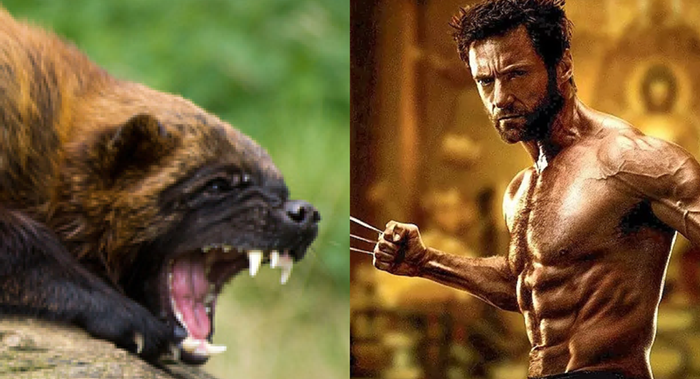FOR AS SINGULAR A MOVIE as Wes Anderson's breakthrough feature was—and if you see Rushmore during its engagement this week at the Academy, you'll remember how true that is—it's only part of a grand tradition. Rushmore's hero, Max Fischer (memorably played by Jason Schwartzman), is part of a long line of sharp-witted outsiders who remodel their world—or, more specifically, their school—in their own image.
In gearing up to go see Rushmore, you could bust out that old paperback of The Catcher in the Rye—a move which Anderson would certainly approve—but you might also take some time to look at some of Max's predecessors.
Harold and Maude (1965)—Hal Ashby's black comedy could almost be considered Wes Anderson ground zero. The use of Cat Stevens music, a May-December romance, and Ashby's adolescent mean streak and tendency for theatrical pranks all resurface in Rushmore. More importantly, though, both films have a lot of heart.
The Chocolate War (1988)—Weird Science-alum Ilan Mitchell-Smith stars as Jerry, a new kid at a weird Catholic school that makes all the boys raise funds selling candy bars. Fed up with secret clubs and tortuous hazing, Jerry fights back. His hormonal daydreams are as memorable as the brutal boxing match that closes the picture.
Flirting (1991)—Boxing also figures into John Duigan's Australian coming-of-age drama, though a punchy Noah Taylor hallucinates that John-Paul Sartre is in the audience when the final blow lands. What dark-minded adolescent hasn't dreamt the same? He also gets to woo a young Thandie Newton, traversing not just the river that literally divides their schools, but 1960s racial tension.



















